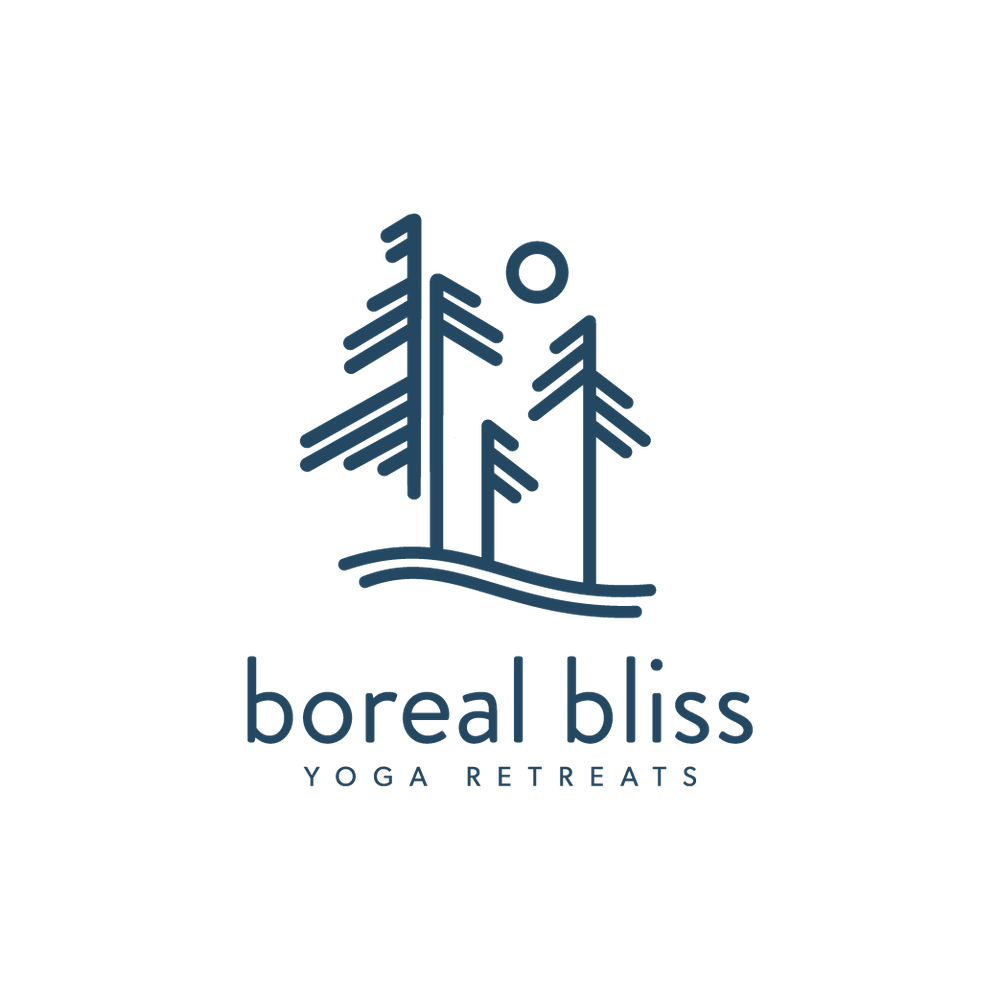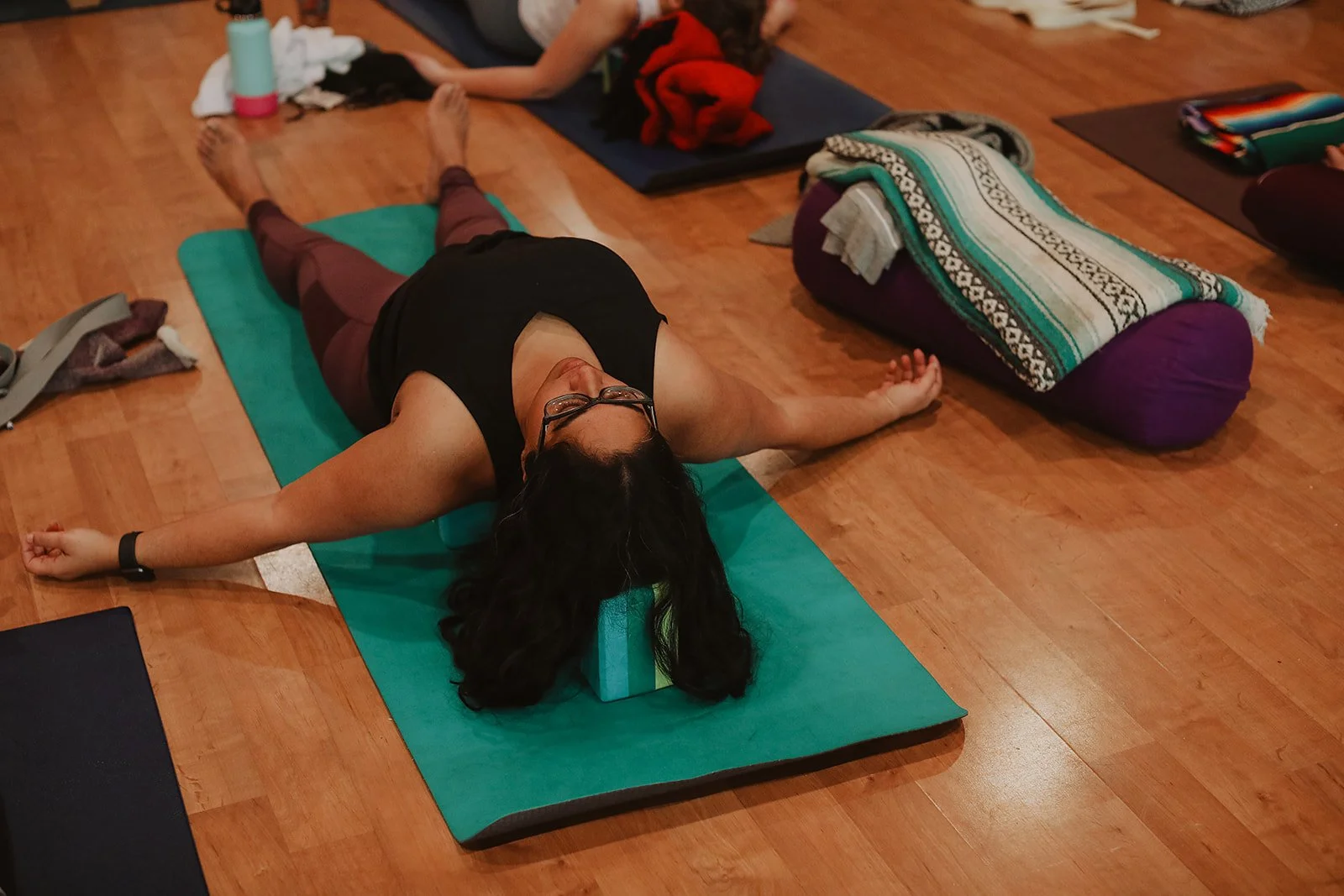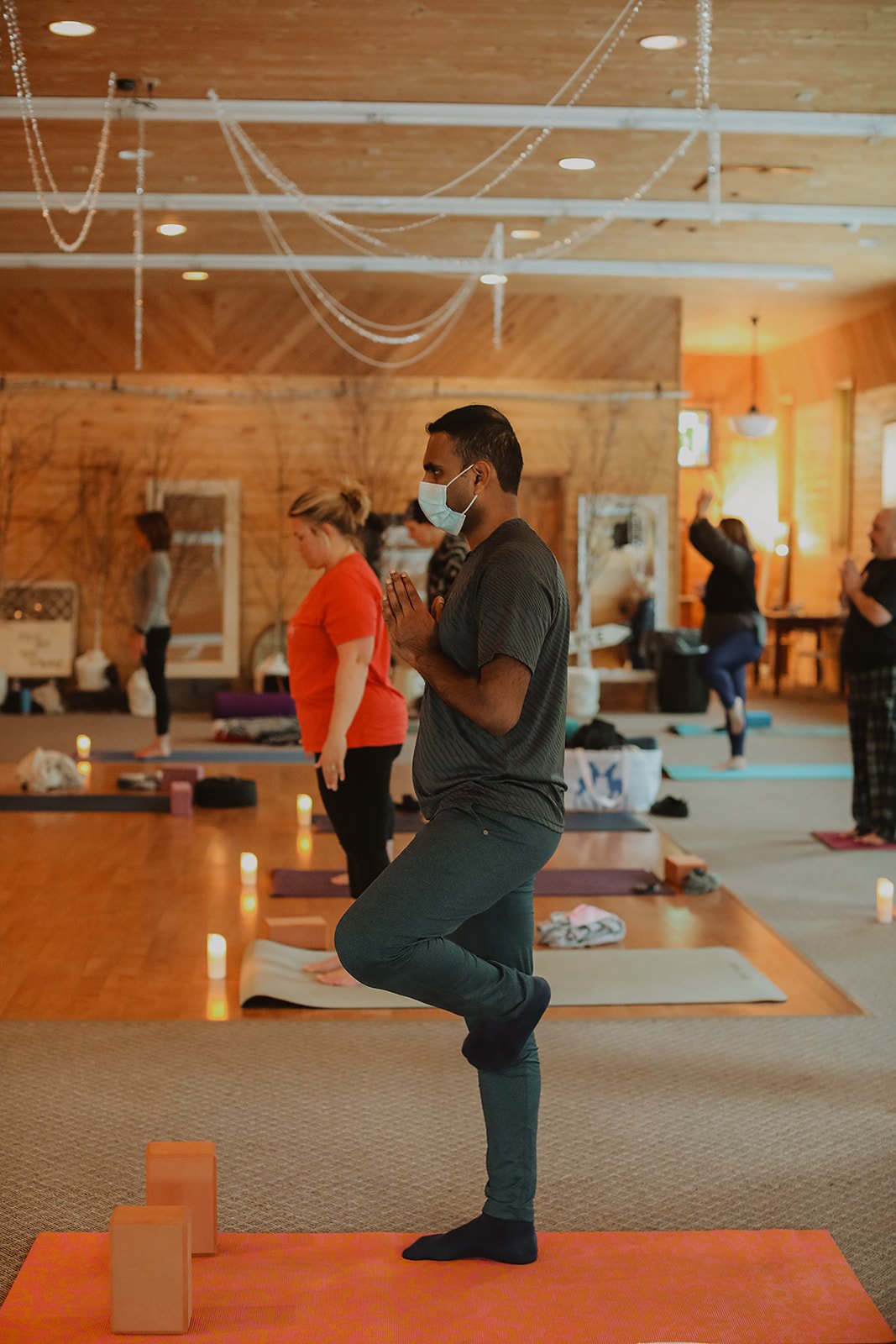Breathing is Your Super Power
You may know yoga as a practice of creating shapes with your body while on a yoga mat. But did you know that yoga involves intentional breathing? There are eight more strategies of yoga as well, known as the Eight-Limbed Path of Yoga. Pranayama (breathwork) is one of the foundational practices of yoga.
Pranayama is a Sanskrit word, “prana” means life energy or life force and “yama” means control - aka breathwork or breathing practices.
“The earliest yoga was a science of holding still and building prana through breathing”
— James Nestor, Author of Breath
Breathing properly with intention and focus improves your mental and physical health.
Many learn through yoga that they’ve been reverse breathing for several years. WHAT?!
The optimal function of your breath is this:
inhale through your nose, allowing your belly to expand to create space to fully extend your inhale into your lungs, as your diaphragm descends and contracts
exhale through your nose, gently contracting your abdomen toward your spine, allowing your lungs to fully empty, as your diaphragm ascends and relaxes
Reverse breathing is doing the exact opposite of the above (i.e. inhaling while contracting your abdomen and exhaling while expanding your abdomen). Working on breathing through your nose and with the correct expansion/contraction of your abdomen optimizes the health benefits of your breath.
The nose is for breathing, the mouth is for eating.
This is a general rule. In human functioning, and in yoga. We get the greatest benefits from our breath when we increase our ability to breathe through our noses, and decrease the amount of time we breathe through our mouths.
Side bar: Have you read James Nestor’s book, Breath? The science and history of our evolution as it relates to nose vs. mouth breathing is shocking. Highly recommend the read.
The good news?
“Nasal breathing begets nasal breathing.”
The more we intentionally work on nasal breathing, the better/easier it’s going to get.
Breathing Techniques
There are a lot of breathing techniques out there. I will say, you do not need to get fancy or over the top with them. Intentional, slow, and calm breathing in-and-out your nose goes a looonnnggg way.
Extending your Exhales Stimulates your Vagus Nerve
Simply extending your exhales, slightly longer than your inhales, can have a big impact.
Exhaling with intention and control helps stimulate your vagus nerve, which signals your nervous system to calm down. With a long exhale, you are able to drop into the parasympathetic nervous system; rest and digest.
Practice it!
Exhale out to prepare
Inhale through your nose to the count of 4
Exhale through your nose to the count of 5-7
Continue for several rounds, noticing any tension you may be holding in your jaw/shoulders - relax with every exhale
Barriers to Benefits
Practicing breathwork, and reaping the benefits, can be more complicated than it sounds. Due to trauma, anxiety, old habits, and more…sometimes it takes awhile to really get the hang of it. Don’t be disheartened!
The benefits truly are astounding. The and more you intentionally focus on breathing, the more you will be able to quickly experience the benefit.
This is also called vagal toning. Like any muscle, or practice, the more time you put into it - the more it benefits you and the easier it becomes. The more you practice relaxing through breathwork after experiencing stress, the quicker you are ample to experience the relaxation response.
People with strong a strong vagal response are more likely to recover more quickly after stress, injury, or illness. Why? Because your body has experience dropping into the steadiness of the breath. So when faced with extremes, a broken bone or a stressful event, your body can drop into steady breathwork without consciously thinking about it.
“Be aware that this stripped-down approach is as good as any. It requires no batteries, WI-FI, headgear, or smartphones. It costs nothing, takes little time and effort, and you can do it wherever you are, wherever you need. It’s a function our distant ancestors practiced since they crawled out of the sludge two and a half billion years ago, and technology our own species has been perfecting with only our lips, noses, and lungs for hundreds of thousands of years.”
— James Nestor, Author of Breath
Children’s Book Authors and Illustrator’s Group!
A reminder, this winter we are hosting a writing group for aspiring children’s book authors and illustrators with Kate Vacek! (Read more here!) Some of your trusty hosts, Amanda Imes and Shannon McGrath, will be joining this group! Three spots remain!
Here are the details:
This three-month group will meet biweekly on Zoom for one hour. Sessions will be held Sundays at 5:30 pm.
Dates:
January 14 & 28
February 11 & 25
March 10 & 24
Please plan to attend all six sessions. Your consistent presence is an important part of the group experience.
The participation fee is $195. Sign up here through Kate’s business, Compass Academic Coaching. A portion of your fee will be donated to the Boreal Bliss scholarship fund. Thank you for helping expand access to Boreal Bliss retreats!








